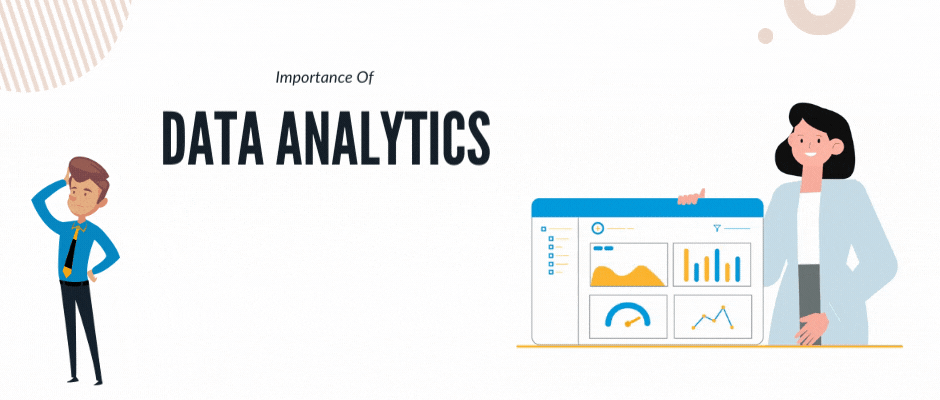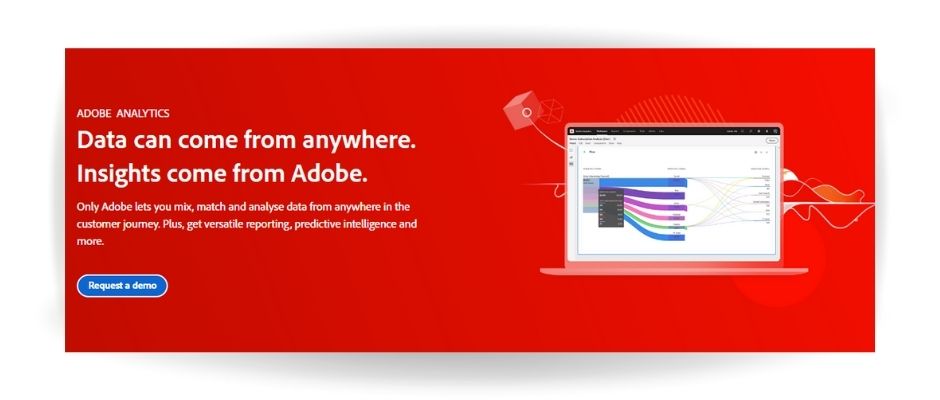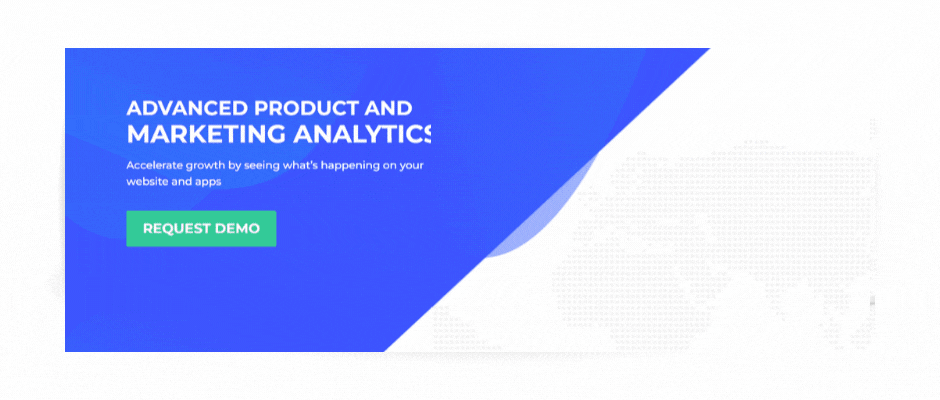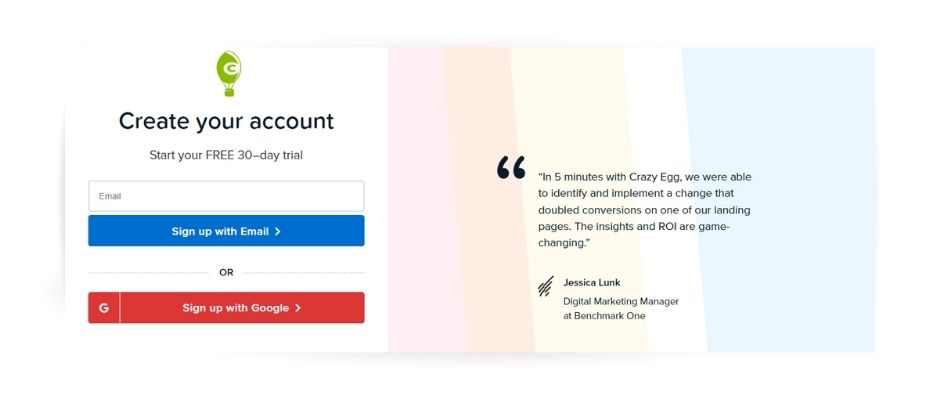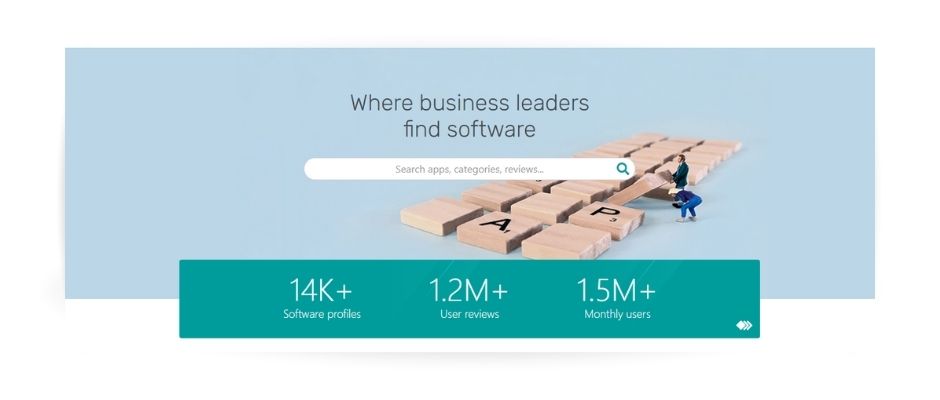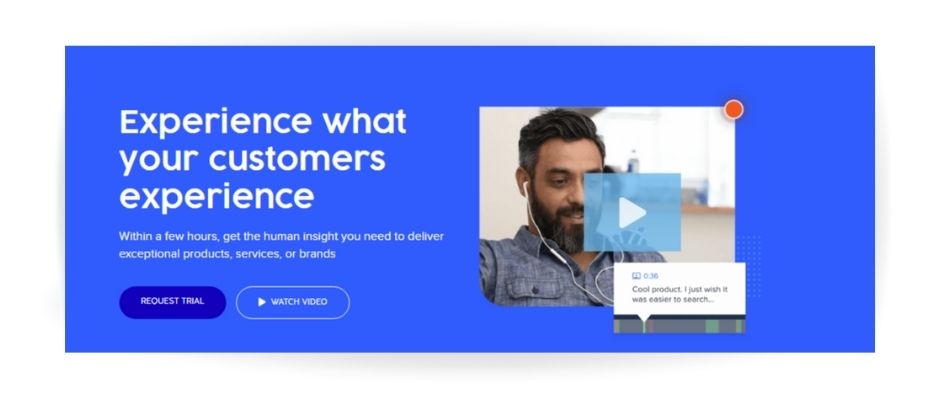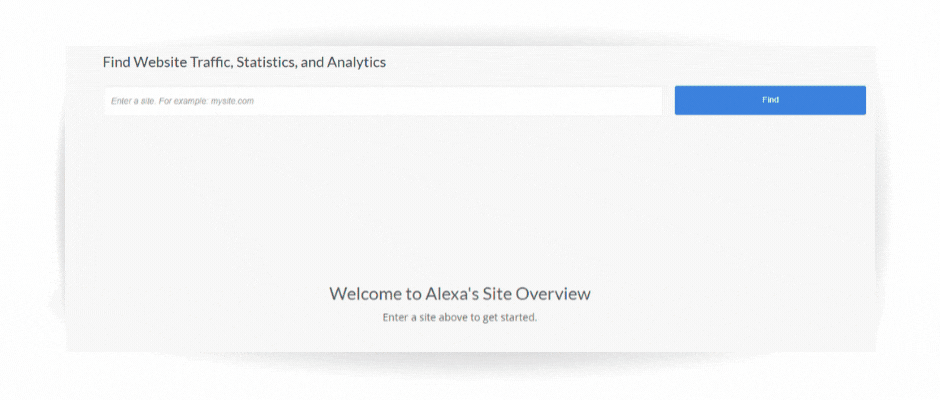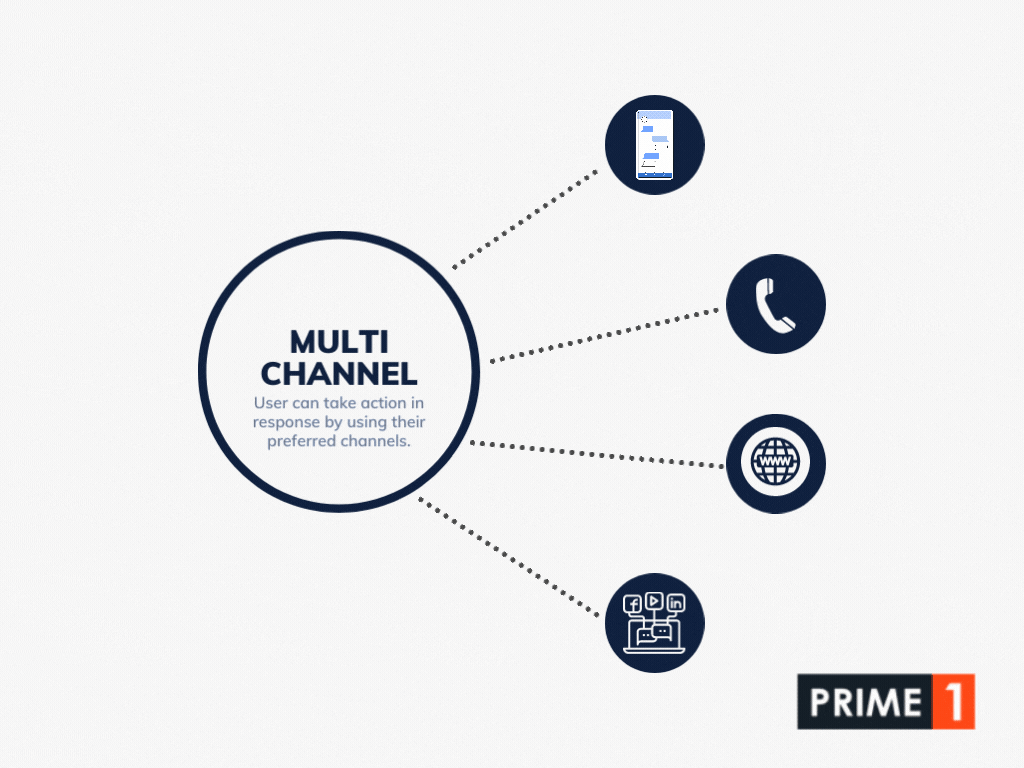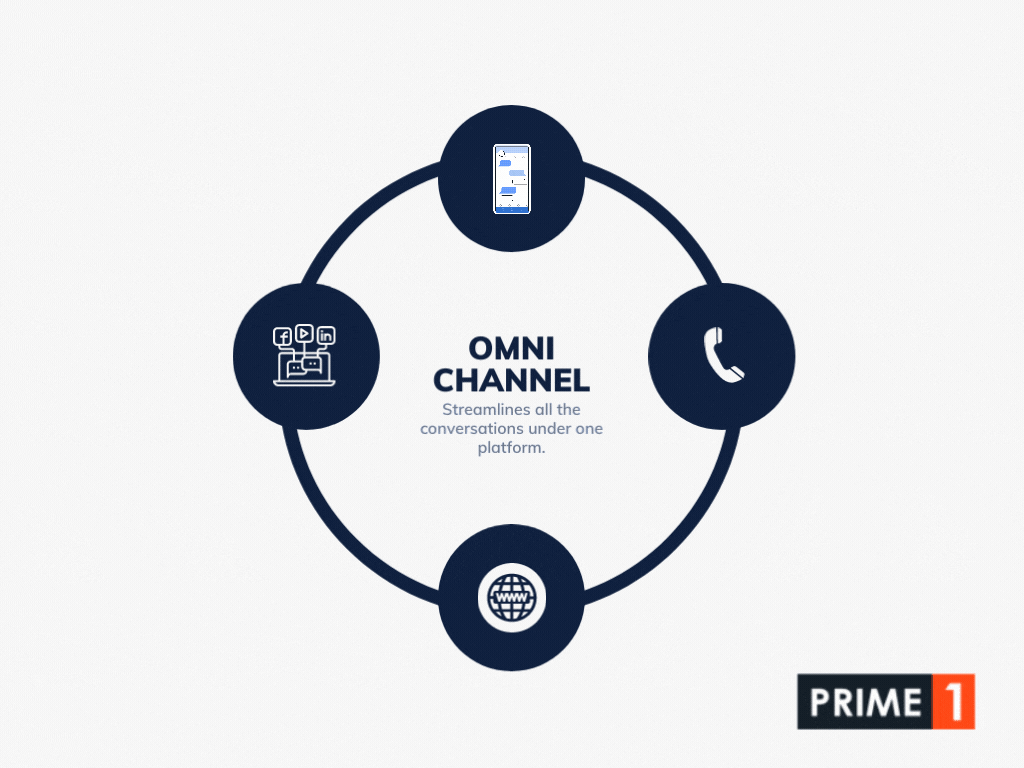10 Powerful Lead Magnet Ideas to Increase Revenue in Your E-Commerce Store
The vast majority of people who visit your eCommerce website won’t buy anything. Yes, sadly that’s the truth! They’ll most likely browse your site for a few minutes and then leave. As a result, even though you have lots of website traffic, your revenue suffers.
Instead of losing your website visitors forever, you need a way to get their attention to boost your revenue. And, what you need is a lead magnet.
Hope now you’ve figured out what we’re going to discuss today. Yes, today we’re going to talk about the actionable lead magnet ideas to increase revenue in your eCommerce store.
Are you ready to learn the lead magnet ideas? Let’s get into the topic!
Quick Links to Main Topics
- What is a lead magnet?
- Why is a good lead magnet important for an eCommerce website?
- 10 actionable eCommerce lead magnet ideas to capture more leads
1. What is a lead magnet?

A lead magnet refers to the free content, service, or product a person receives when they share their contact details. To open the “gate” and get their freebies, website visitors first need to trade in their contact details such as their phone number, email address and location.
In simple words, a lead magnet promises to give something of value to a lead in exchange for their contact details. Once you have your leads’ contact information, it’s easier to convince them to come back to your website and buy something. The lead magnet is a killer way to figure out what your audience needs and values.
2. Why is a good lead magnet important for an eCommerce website?
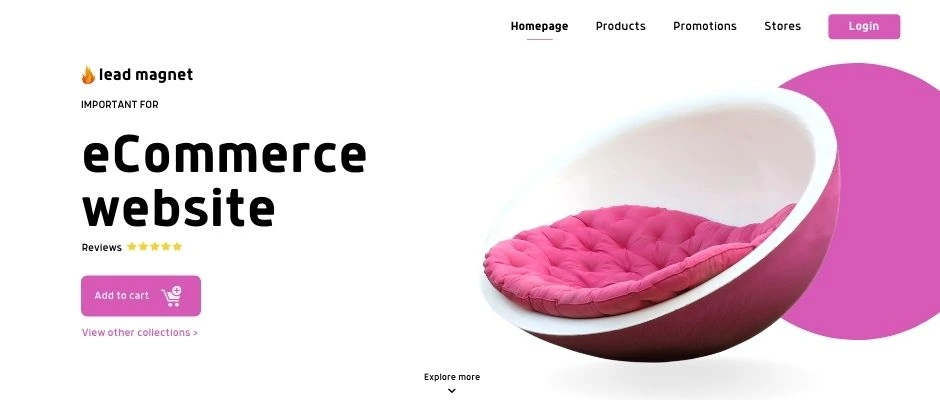
When it comes to marketing a business, we have different goals like brand awareness, brand engagement, trust-building, boosting brand credibility, etc. Apart from these goals, we also have more tangible goals like building an email list, increasing website traffic, and generating more sales for the business.
You know what? All these goals are easily achieved with the help of effective lead magnet techniques. Also, lead magnets make it easier to measure and keep track of the number of downloads or any other required action performed by the leads.
Moreover, lead magnets provide exposure and linkability to your eCommerce website, create awareness for your eCommerce store as well as earn the trust of your customers.
10 Actionable eCommerce Lead Magnet Ideas to Capture More Leads
- Give Coupons
- Offer Free Shipping Option
- Host Social Media Giveaways
- Provide Shopping Guides
- Run Contests
- Offer Free Gifts
- Create eBooks
- Provide Educational Videos, Infographic, or Guide
- Conduct Webinars
- Offer Samples
1. Give Coupons

Offering coupons is considered to be one of the best ways to increase lead generation because your website visitors can easily connect them with a specific monetary value.
For example, let’s say you are offering a 10% discount on a $50 sports shoe. Your customers will quickly do the math and figure out that the value of the coupon is $10. The moment they realize that they are getting a $10 discount on a sports shoe for the email subscription, they will quickly sign-up for the subscription, then they will buy the sports shoe and apply for the coupon.
- When you’re offering coupons, follow the below steps:
- Use bold, large text to highlight the discount so your site visitors can’t miss it.
- Keep contact detail requests simple to ensure high conversions.
- Add a simple checkbox for email signups and make it GDPR compliant.
2. Offer Free Shipping Option

Another great lead magnet idea is free shipping, and it’s similar to giving coupons on your products. We all agree on the fact that nothing will make buyers ditch their cart faster than unexpected shipping costs. That’s why 82% of shoppers prefer free shipping.
You can offer free delivery to entice new email subscribers, and also you can use free shipping to boost your sales and average order value at the same time. When people spend more than a predefined amount, you can avail free shipping option to increase your revenue.
3. Host Social Media Giveaways

Don’t you think that giveaways are always a great way to please customers? Yes, we all love to get free stuff. If you’re looking for a lead magnet for physical products, give your potential leads an adrenaline rush by offering a prize giveaway on social media.
Social media giveaways are very fun and shareable. They go viral easier than other lead magnets! Here are some tips to make your giveaway a success:
- An attractive image to draw the eyes.
- Simple text that is easy to read and directs the users to your desired action (to enter in their contact details).
- A clear, concise call to action (CTA) button.
4. Provide Shopping Guides

When people have too many product choices, it takes them too long to decide what to buy. It’s easier to choose from 5 T-shirts than from 50. Help your leads beat analysis paralysis and make it easier for them to choose a product from your eCommerce site with a brief shopping guide for each product category.
You can have a “Help Me Choose” section on your website with lots of products guides and quizzes to help customers find the right products. Here is how you can do that:
- Implement quizzes that help your website visitors to find their ideal product.
- Include brief buyer guides that highlight the benefits and value of each product in your eCommerce store.
5. Run Contests

Running a contest is one of the effective lead magnet ways. Simply, you can run a social media contest by asking your users to submit user-generated content such as their photos using one of your products. In this case, you pick a winner at random and offer them a prize. Typically, contest prizes are much higher value than those offered in giveaways like an expensive laptop, TV, or cash prize.
In order to run a successful contest, follow these steps:
- Focus on the most high-value products in your eCommerce store.
- Start your promotion game: social media campaigns like posts, images and video content, email campaigns, etc.
- Focus on user-generated content to get more eyes on your contest. Instagram photo festivals are a great way to build momentum around your upcoming contest.
- You can avail so much for your brand with just one contest. Let me tell you how:
- People will share your contest with their friends.
- Winners will become your brand’s loyal customers.
- More people will get to know about your brand.
- Customers who did not win the contest will end up buying the products anyway.
6. Offer Free Gifts

Another sure-fire lead magnet way is free gifts! Yes, how many times have you given in to get something for free? The sheer mention of something free is always enticing!
Offer a major value product for free; so valuable that people can’t even believe it’s free. Remember, first impressions matter. You want to leave them thinking, “wow if the free product is this good, I can’t imagine how amazing the paid stuff will be!”
If your free gift is something your prospects truly want they will go through the “hassle” of leaving you their contact information because they are so psyched to receive your free gift.
7. Create eBooks

Ebooks are favourite for many brands when it comes to lead magnet ideas. As they give in-depth value by diving deep into a customer’s problem. Also, an ebook can help you showcase your authority and position in the industry while building trust with your potential customers. Moreover, your new ebook will keep your brand in front of people’s minds.
Here are some good practices to choose the best eBook for your brand audience:
- Review your website analytics to find your best-performing blog posts. It’ll help you to find the most promising topics for your audience.
- Run a short survey to discover which kind of topics your customers want to read about.
- Using Google Trends and other similar tools you can do some background research to find the most trending topics that are capturing people’s interest.
8. Provide Educational Videos, Infographic, or Guide

If you sell products that need a demonstration, educational, tutorial, or how-to videos are awesome lead magnet choices because 85% of people say they’d like to see more video content from brands in 2021. For example, if you sell car accessories, you could provide a video tutorial video on how to change a bike tire.
Studies revealed that 70% of shoppers buy something because it solves a problem. One way to position your product as the solution to a specific problem is to offer guides and educational content. It’s depending on how much information your audience needs before they feel comfortable buying your product.
For example, if you are selling bodybuilding supplements, an infographic that highlights a few fast facts about the health benefits of taking bodybuilding supplements will do more to convert leads. You can use these types of lead magnets to offer a specific product or industry information your audience is interested in.
9. Conduct Webinars

Webinars are one of the great lead magnet ideas, as the webinar is a live event many people want to sign up for. According to the Adobe Connect survey, the average conversion rate of their webinar landing page is 51%. Besides, 36% of registrants viewed the live webinar event, 54% viewed the recordings of the webinar and 19% of the attendees joined a product demo at the end of the webinar.
If you would like high conversion rates for your webinars such as the above, make sure you use a good landing page. Here are some quick tips to set up a high converting landing page for your webinars:
- Use a good landing page tool to create a high converting webinar landing page template.
- Make sure you mention how many attendees will be allowed for the webinar and also add a countdown timer that shows when the webinar is starting.
- If you plan to give any discounts, bonuses or exclusive content during the webinar, make sure you include this information on the webinar landing page too. This will help persuade more attendees to your webinars.
- After you conduct the webinar, promote the webinar recording on the landing page and give access to it in exchange for an email sign up.
10. Offer Samples

Product samples offers are usually used as a gift in exchange for contact information or signups. Offering samples help you fight cart abandonment or it can nudge shoppers to spend over a certain amount of money. Samples are a super-temping lead magnet way because they offer your website visitors a big buzz.
Offering product samples help you inspire your customers to try out your products without having them fork out cash for full-sized products. Enjoy amazing results by offering product samples using popups on your website.
Conclusion
Increasing lead generation and revenue for your eCommerce website is easy if you know the right lead magnet techniques to use. The lead magnet ideas that you read here are 100% effective. If you can use them rightly, you are sure to get great benefits from them.
To find the most effective lead magnet technique, you can make use of an A/B testing strategy. In my opinion, understanding your brand audience is the first important step. Once you identify the type of audience you are dealing with you can choose the right lead magnet techniques to generate conversions, sales and revenues for your eCommerce store.
If you find this article helpful, do let me know in the comments!
Don’t forget to share the article with others, they may benefit from it as well.






